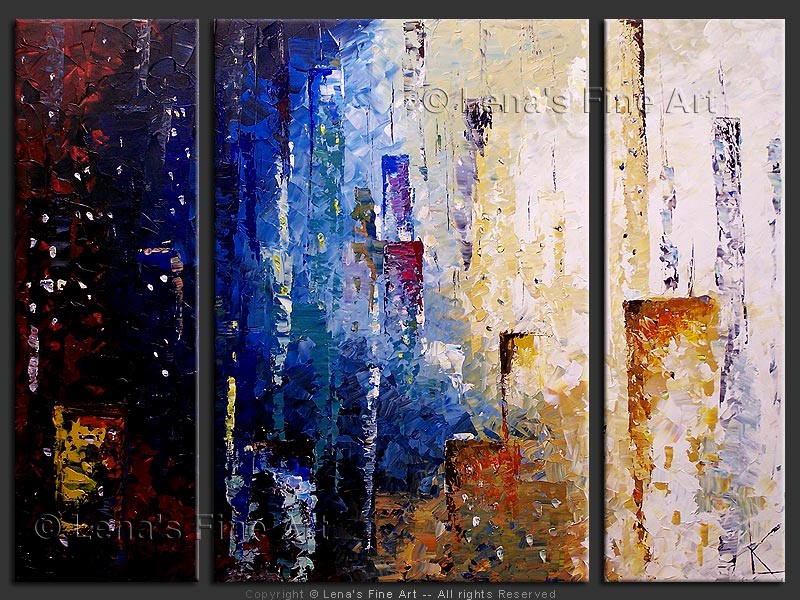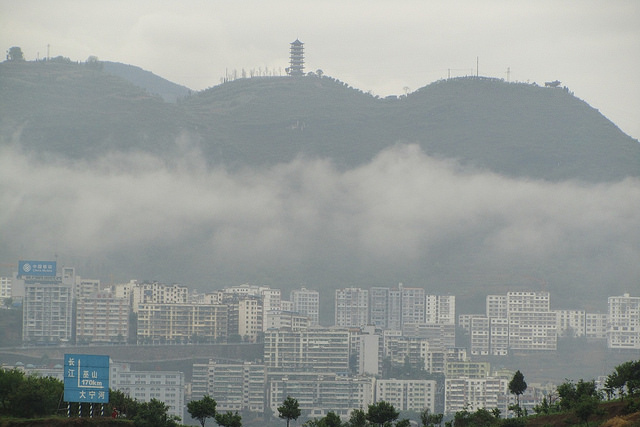

They are today considered among the finest surviving 17th century defence works in the world. The western ramparts of Copenhagen were demolished during the 19th century, but those of Christianshavn were allowed to remain. After the siege of Copenhagen during the Second Northern War, the ramparts were reinforced during 1682 to 1692 under Christian V to form a complete defence ring. The ramparts and the borough of Christianshavn (then a separate city) were established in 1617 by King Christian IV by reclaiming the low beaches and islets between Copenhagen and Amager.

The area of Christiania consists of the former military barracks of Bådsmandsstræde and parts of the city ramparts. Geography Ĭhristiania is an intentional community and commune of about 850 to 1,000 residents, covering 7.7 hectares (19 acres) in the borough of Christianshavn in the Danish capital city of Copenhagen on the island of Amager.

As of 2005, parking space for only 14 cars had been established within the area.

After negotiating with city authorities, Christiania has agreed to establish parking areas for residents' own cars on its territory. Residents with cars park on the streets surrounding the Freetown. Within Christiania itself no private cars are allowed. The flag of Christiania is a red banner with three yellow discs representing the dots in each i in "Christiania". The 1976 protest song "I kan ikke slå os ihjel" ("You cannot kill us"), written by Tom Lunden of flower power rock group Bifrost, became the unofficial anthem of Christiania. The residents of Christiania are called Christianit, or Christianshavner and Amagerkaner because Christiania is located on the island of Amager. Its Pusher Street is famous for its open trade of cannabis, which is illegal in Denmark.Ĭhristiania is considered to be the fourth largest tourist attraction in Copenhagen, with half a million visitors annually. It began in 1971 as a squatted military base. Freetown Christiania, also known as Christiania ( Danish: Fristaden Christiania or Staden), is an intentional community, commune and micronation in the Christianshavn neighbourhood of the Danish capital city of Copenhagen.


 0 kommentar(er)
0 kommentar(er)
